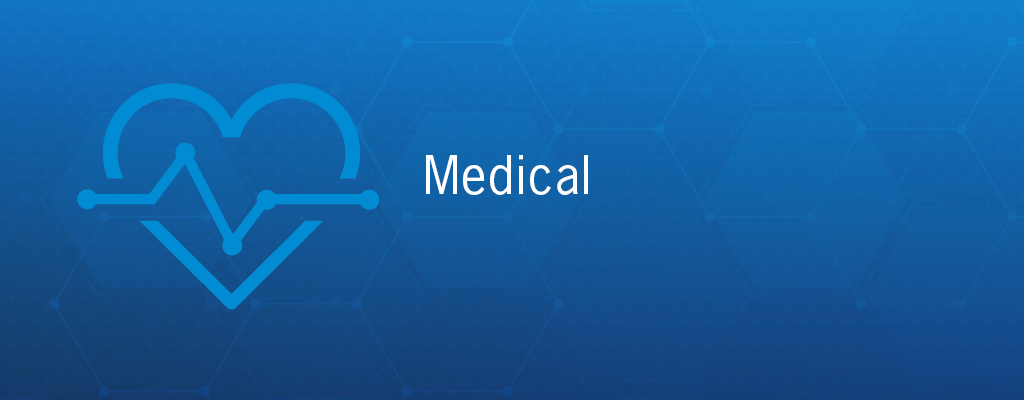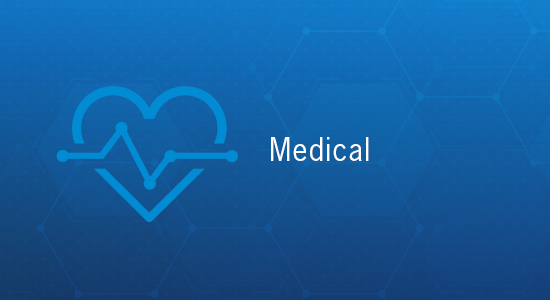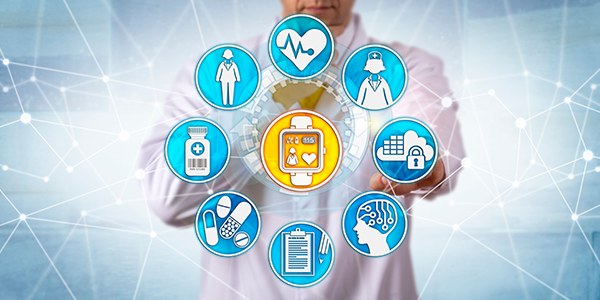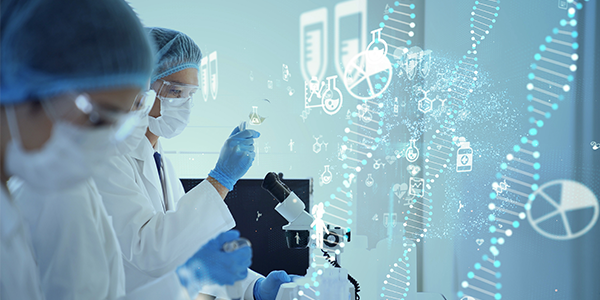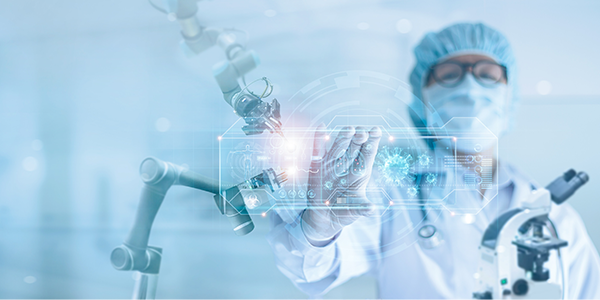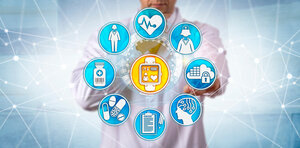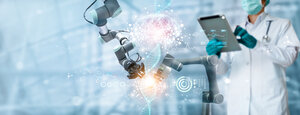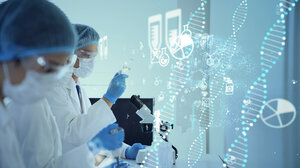Medical & Healthcare - How to develop from the Internet of Things to the Internet of Medical Things (IoMT)
More of everything: networked, smaller, mobile, individualized, and preventive medical applications. Despite all the technologization, the patient is at the center of all medical technology developments. Treatments are to be carried out faster and in a more targeted manner. The key for the most accurate possible forecasts and diagnoses about a person's state of health is data. The more data and the more precisely they are used for analyses of the state of health, the faster the optimal treatment can be initiated. The goal is to prevent diseases through individualized preventive measures. Here, too, the Internet of Things is at the center, enabling research and medical institutions to develop further and set new standards. However, for the IoT to become a highly precise and reliable IoMT, the performance of each individual component and algorithm is crucial. Rutronik is a well experienced and networked distribution partner thanks to close ties to university research institutions and its own R&D department. This brings the decisive benefit for the market launch of your innovative healthcare applications.
The World of Electronic Components as a Driver of Innovation in Medical Technology
The growth market of medical technology puts people at the center. Demand for medical products for therapy, prevention and active aging is high and pushes research and development activities accordingly. The trend towards digitalization and connectivity around the Internet of Things is setting the pace in almost all areas. This is also changing the healthcare sector: Medical devices are becoming smaller, lighter, smarter, and more personalized. Advanced developments in the field of networked, flexible, and data-driven manufacturing processes, which in turn can be traced back to the (I)IoT, are important drivers here.
With cost-effective production processes and process chains, we are well on the way to achieving a decisive improvement for everyday medical life, both for the patient and healthcare staff. It is important that medical innovations meet the above-average requirements for the complexity and quality of the products and enable the highest possible degree of individualization.
Intelligent software and hardware for the medicine of the future
Advances in sensor technology and electro- and bio-impedance in particular are enabling far more targeted and precise preventive measures, imaging procedures, diagnoses, analyses, and therapeutic approaches. The goal is to affect the patient as little as possible while providing the best possible and individualized medical care.
Applications that use artificial intelligence (AI), machine and deep learning, as well as blockchain technology are gradually taking over complex tasks completely autonomously. This also includes the use of robotics applications in surgery, cleaning, and transport.
The medical subfield of human augmentation is working with very diverse combinations of sensors, mechanics, software, and 3D printing to sustainably improve the human body and make it more efficient.
Fields of application
- Early Detection & Predictive Analytics
- Human Augmentation
- Medical Robotics
Any Questions? Get in Contact With Our Product Specialists

